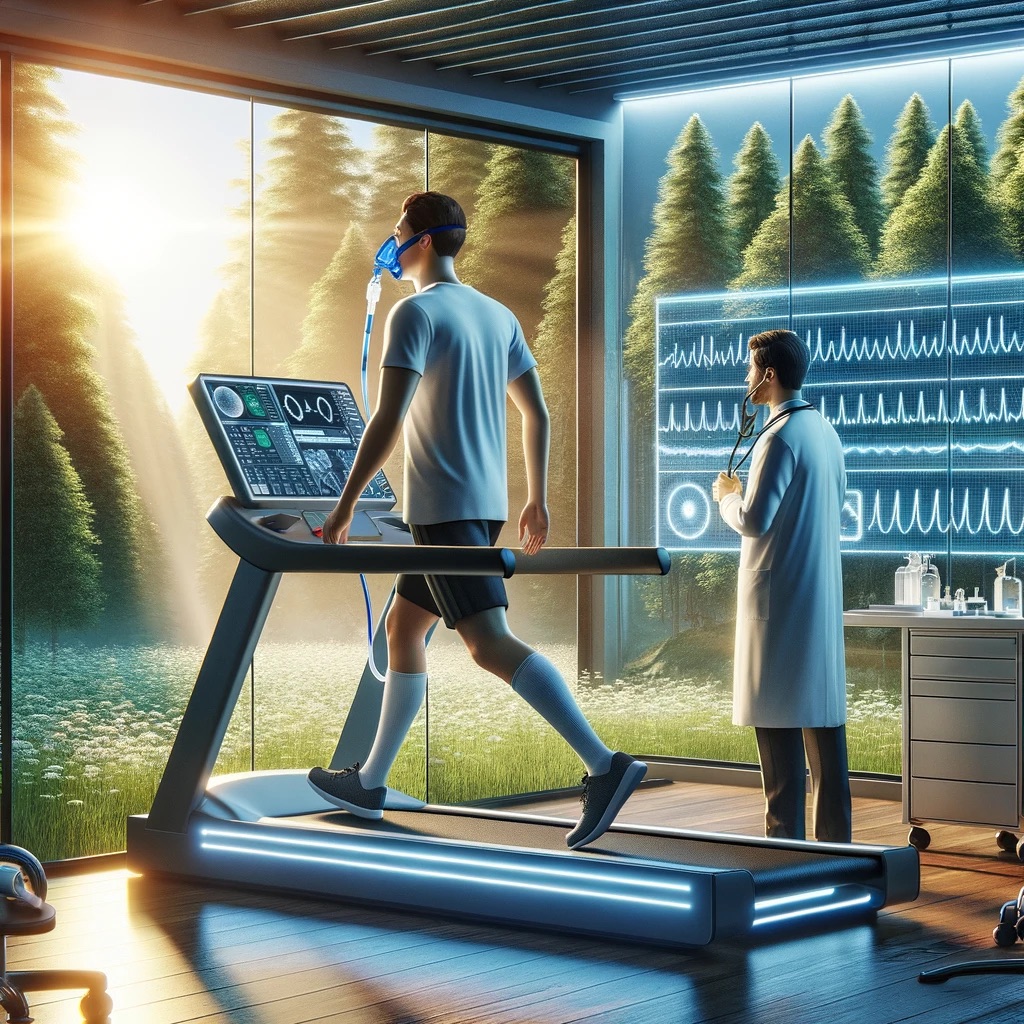Surfers And Chess Players
A Blog Focused On Fixing Our Fractured Healthcare System And Why We All Have A Stake In The Outcome
Winston Churchill is credited with saying, “Never let a good crisis go to waste.”
His words are certainly appropriate for the U.S. healthcare system. The COVID-19 crisis presents a unique opportunity for the nation to rebuild a more robust and better prepared healthcare system.
It is a make-or-break moment because the status quo is unsustainable.
The crisis has illuminated the most severe problems in our healthcare system: hospitals crippled by worker shortages, burned out staff, bureaucracy and red tape, lagging patient care and outcomes, and a refusal to adopt technologies designed to improve the system.
This blog, Surfers & Chess Players explores ways we can improve our healthcare system which I believe needs a massive overhaul driven by a shared vision that embraces technology, patient outcomes and preventative care.
I’ve titled the blog Surfers & Chess Players because to spur transformation, healthcare leaders must adopt their skills. Surfers observe their changing surroundings, waiting and feeling for the next swell. They anticipate the wave, catch it and adjust to the changing conditions. Similarly, chess players must study the board and like the grandmaster see 20 moves ahead to gain the advantage and grasp a clear view of a fluid situation.
For the moment, the status quo prevails. What we know is that the U.S. healthcare system is struggling to keep its head above water after being slammed by the COVID-19 tidal wave.
Issues like affordability, quality of care, equity, burnout, and fragmentation bubbled below the surface even before the pandemic and erupted with devastating impact revealing widespread problems in the system.

On the bright side, the pandemic demonstrated what is possible if there is a clear vision and a focus on technology. Telehealth, for instance, once dismissed as impractical or even impossible was implemented almost overnight. So too was an array of DIY tools aimed at consumers who snapped them up to monitor everything from cholesterol levels to blood sugar to heart function.
Surfers & Chess Players will explore ways the U.S. healthcare system can anticipate and catch opportunities presented by technology, patient demand or for that matter healthcare worker burnout to transform the system.
The blog will investigate technologies that have the potential to revolutionize healthcare and improve patient experiences and outcomes while reducing burdens for healthcare professionals. It will dive into roadblocks that prevent the healthcare system from investing in the future – technology and innovative strategies. It will also provide a forum to discuss a variety of opinions with the goal of crafting a shared vision for the future.

Mounting Pulmonary Health Crisis
A critically important subject for Surfers & Chess Players will be examining the U.S. healthcare system through the lens of pulmonary health and rehabilitation. One out of five people in the U.S. suffer from COPD, emphysema, and other lung issues, and COVID-19 has transformed the pulmonologist’s’ waiting room.
Much of the current healthcare crisis is a dire consequence of a respiratory illness that the respiratory field was unprepared to handle. As a result, Surfers & Chess Players will explore the current and long-term impact of COVID-19 on patient lung health.
In our view, the system must adopt more sophisticated techniques and use this information to shape and mange lung diseases and lung health. A growing body of evidence supports High-Resolution Computed Tomography (HRCT)-based approaches for diagnosis, prognosis and treatment selection for lung diseases has grown substantially. We need to rapidly adopt these imaging tools as the standard in respiratory medicine.
Potential benefits include reduced long-term costs, less time wasted by patient and healthcare professionals, better diagnostics informing improved patient care, a more holistic healthcare system that can be more proactive and less reactive.
Patients And Healthcare Professionals As Agents Of Change
There are additional themes that we will investigate.
Dissatisfied patients and burnt-out healthcare professionals will bring a wave of change to the entire system. Medical professionals’ dissatisfaction has been simmering for years and COVID-19 brought it to a rolling boil.
Outdated legacy technology systems for medical records, the rising cost of education, insurance headaches and more lawsuits were compounded by widening patient to medical provider ratios, lack of appropriate personal protective equipment, unequitable pay and overall burn out. Some estimate that one in five healthcare professionals have walked away contributing to growing staffing crisis.
This has had a negative impact on patients and families who continue to pay too much for poor outcomes. In response they have increasingly been taking healthcare into their own hands, monitoring blood pressure, respiration, conducting EKGs, testing their blood and more. Patient-driven changes will continue and the system must adapt to capitalize on it.
The DIY wave is just beginning, and it is exciting. There has never been a greater need for healthcare professionals and patients to drive change. Nearly 70 million people in the U.S. have COVID and they will demand better outcomes at a lower cost. They will be a catalyst for fundamental change.

Catching The Next Wave
The pandemic revealed that the U.S. healthcare system is overpriced, inefficient, inaccessible and inequitable. Putting patients, families, and communities first is critical. Federal, state and local lawmakers, doctors and scientists, healthcare workers and patients must work together to develop and implement a shared vision for the future of healthcare in the U.S. Maybe that is too much to ask, but the waves are rolling in. Let’s work to identify the biggest waves and ride them in before they crash on us.

